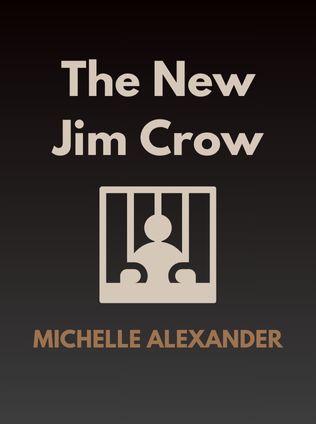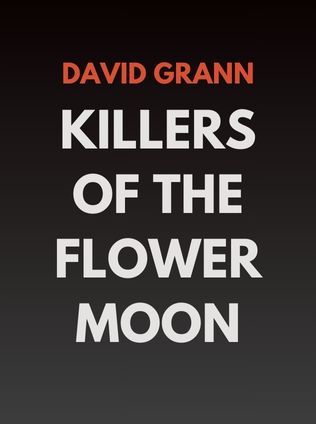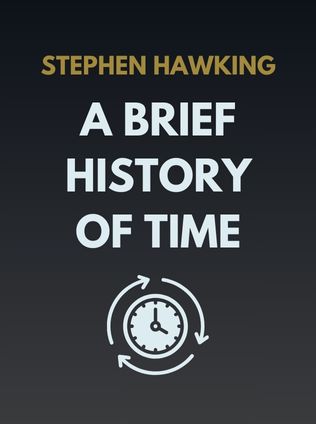
The New Jim Crow
Mass Incarceration in the Age of Colorblindness
By Michelle Alexander
Published 01/2010
About the Author
Michelle Alexander is a celebrated legal scholar, civil rights advocate, and social justice warrior. Her work focuses on exploring the complex intersections between race, justice, and the law in America. She is best known for her groundbreaking book, The New Jim Crow: Mass Incarceration in the Age of Colorblindness, which has sparked widespread discussion and debate about the criminal justice system's role in perpetuating racial inequality. Before penning this transformative book, Alexander served as the director of the Racial Justice Project at the ACLU of Northern California, where she worked to combat racial profiling and police misconduct. Her deep understanding of the law, combined with her passion for justice, makes her a formidable voice in the fight against systemic racism.
Main Idea
The central thesis of The New Jim Crow is that the mass incarceration of African Americans, largely driven by the War on Drugs, functions as a racial caste system, similar to the Jim Crow laws of the early 20th century. Alexander argues that while the Civil Rights Movement successfully dismantled overt forms of racial discrimination, a new, more insidious form of racial control has emerged. This new system operates under the guise of "colorblindness," yet disproportionately targets and punishes black and brown communities. Through a meticulous examination of legal practices, policies, and their impacts, Alexander reveals how the criminal justice system perpetuates racial disparities and maintains social hierarchies that are deeply rooted in America's history of racial oppression.
Table of Contents
- Introduction: The Rebirth of Caste
- The Lockdown
- The Color of Justice
- The Cruel Hand
- The New Jim Crow
- The Fire This Time
- Appendix: Notes
Introduction: The Rebirth of Caste
In the introduction, Alexander sets the stage by drawing a parallel between the old Jim Crow laws and the modern criminal justice system. She argues that the racial caste system never truly disappeared; it merely evolved into a more subtle form. This new system is perpetuated through laws and policies that disproportionately affect African Americans, especially through the War on Drugs. Alexander emphasizes that this is not just a coincidence or a result of individual biases but a systemic problem rooted in America's history of racial control.
"Today we have not ended racial caste in America; we have merely redesigned it." - Michelle Alexander
The introduction serves as a powerful call to action, urging readers to recognize the continuation of racial oppression in a different guise. It challenges the notion that America has entered a post-racial era, especially after the election of Barack Obama, by highlighting the disparities that still exist.
The Lockdown
In this chapter, Alexander explores the mechanisms that lead to mass incarceration, starting with the War on Drugs. She explains how the criminal justice system disproportionately targets black and brown communities through practices like racial profiling, stop-and-frisk, and discriminatory sentencing. The chapter also delves into the legal framework that allows for such practices, including the role of the Supreme Court in upholding laws that facilitate racial bias.
Sign up for FREE and get access to 1,400+ books summaries.
You May Also Like
Freakonomics
A Rogue Economist Explores the Hidden Side of Everything
By Steven D. Levitt and Stephen J. DubnerI Am Malala
The Story of the Girl Who Stood Up for Education and Was Shot by the Taliban
By Malala Yousafzai



















